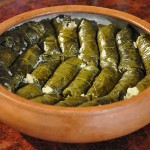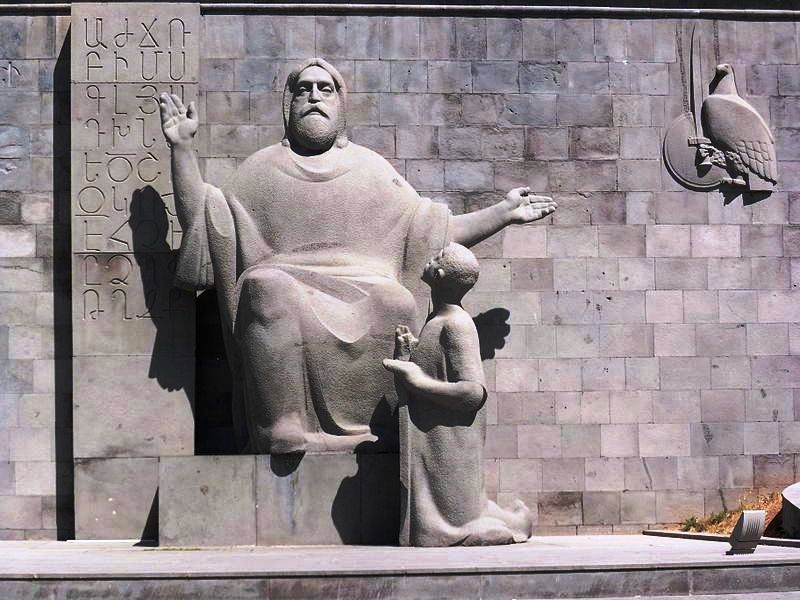Guest post provided by PoliLingua Translation Services
With 7 million native speakers, Armenian is the official language of the Republic of Armenia and the region of Nagorno-Karabakh. It is widely spoken by Armenian communities around the globe, and in Iran, Cyprus, Poland, Russia, Romania, Bulgaria in particular. It has its own script – the alphabet and presents a special interest to linguists worldwide for its distinctive phonetic features within Indo-European group of languages. Armenian language has a long literary history spinning back from the beginning of the 5th century, this is when the oldest surviving recorded manuscript of translated bible is dated. Throughout the history Armenian language has been heavily influenced having borrowed numerous words and alphabet characters from Parthian, Greek and Latin and much later from Turkish.
Armenia was a monolingual country by the second century BC at the latest. There are two standardized modern literary forms, Eastern Armenian and Western Armenian, with which most contemporary dialects are mutually intelligible.
While the Armenians were known to history much earlier (for example, they were mentioned in the 6th century BC Behistun Inscription and Xenophon’s 4th century BC history, The Anabasis), the oldest surviving Armenian-language text is the 5th-century AD Bible Armenian translation. Grabar, as the language of the first translation was known, became the standard for all subsequent literature, and its use produced what has come to be considered the golden age of Armenian literature. It concealed the noticeable dialectal variations of the spoken language and was used for literary, historical, theological, scientific, and even practical everyday texts. The first Armenian periodical, Azdarar (1794), was also printed in Grabar, although by the end of the 18th century the spoken language had so diverged from the written that the language of the periodical was not widely understood.
There is evidence of both Syriac and Greek influence in the translation of the Bible completed by 436 AD into what we now call Classical Armenian, Grabar (or Krapar). It is often marked by scholars as “The Queen of the Versions” for its style and literal rendition of the original. The very first words written in Armenian, by tradition, come from the Book of Proverbs of the Old Testament: “To know wisdom and instruction; to perceive the words of understanding” (as the King James Version in English has it). The choice is not lost in the celebration of the Holy Translators, whose Armenian Church feast day in October is used to commemorate learning and at times to usher in the new school year, depending on a given Diaspora community’s location. The Armenians may be the only people in the world who venerate translators in that way.











